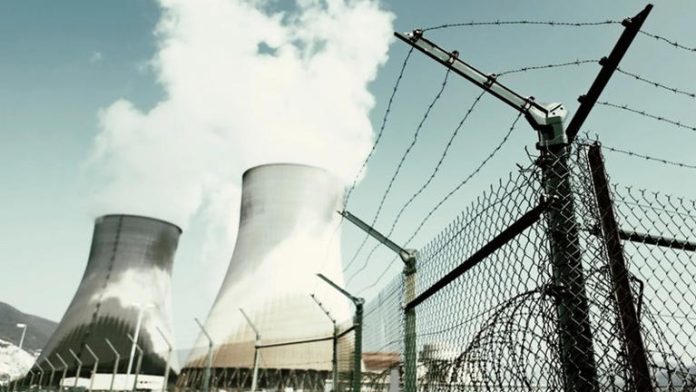South Africa’s industrial heartland—long powered by coal—is facing a moment of reckoning. The European Union’s new Carbon Border Adjustment Mechanism (CBAM) is redrawing the map of global trade, forcing exporters onto a narrow path between economic survival and the urgent demands of a low-carbon future.
CBAM, now in its transitional reporting phase, is designed to level the playing field by taxing the embedded greenhouse gas (GHG) emissions of imported goods, aligning the cost for importers with that faced by EU producers. For South Africa—where energy-intensive industries form the backbone of exports—the stakes are high. A South African Reserve Bank study estimates CBAM could add billions to export costs, putting US $2.8 billion worth of trade to Europe at short-term risk.
The hardest-hit sectors are iron, steel, aluminum, cement, and fertilizers, all heavily reliant on the country’s carbon-intensive electricity grid. The aluminum industry is especially vulnerable; its carbon footprint is significantly higher than the global average, and some experts warn CBAM levies could exceed 50% of the product’s value by 2034—an existential blow to competitiveness.
Forward-looking exporters aren’t waiting for the axe to fall. They’re embracing a two-pronged strategy: decarbonization and compliance. On the decarbonization front, companies are pivoting to renewable energy, upgrading to energy-efficient technologies, and exploring innovations like green hydrogen for industrial processes. These changes demand significant capital investment, but they also promise to reduce long-term costs and secure market access.
Equally critical is building airtight emissions reporting systems. During the current transition period, which runs until December 2025, exporters must accurately declare the embedded GHG emissions in their products. From January 2026, they will need to buy CBAM certificates to match their emissions—a direct cost that could decide whether some exporters remain viable.
Ironically, South Africa’s own domestic carbon tax, in place since 2019, is proving an unlikely ally. While the current rate is low, scheduled increases will push companies to strengthen emissions measurement and reporting, aligning closely with CBAM’s requirements. This convergence is quietly laying the foundation for a more competitive, sustainable industrial sector.
Ultimately, CBAM is more than a regulatory hurdle—it’s a catalyst for transformation. It forces South African exporters to rethink operations, invest in cleaner technologies, and prepare for a future where carbon intensity is a key determinant of global competitiveness. Those that act decisively now could turn today’s tightrope walk into tomorrow’s competitive edge in a low-carbon economy.




